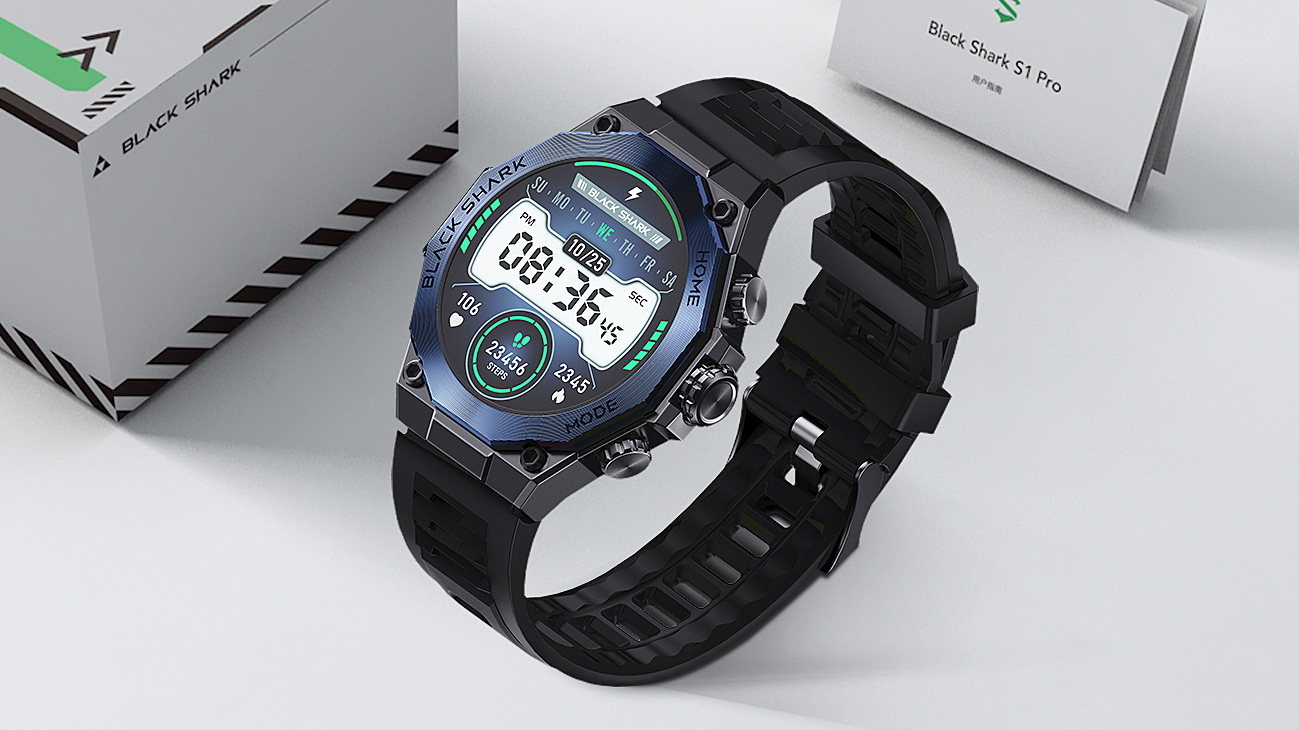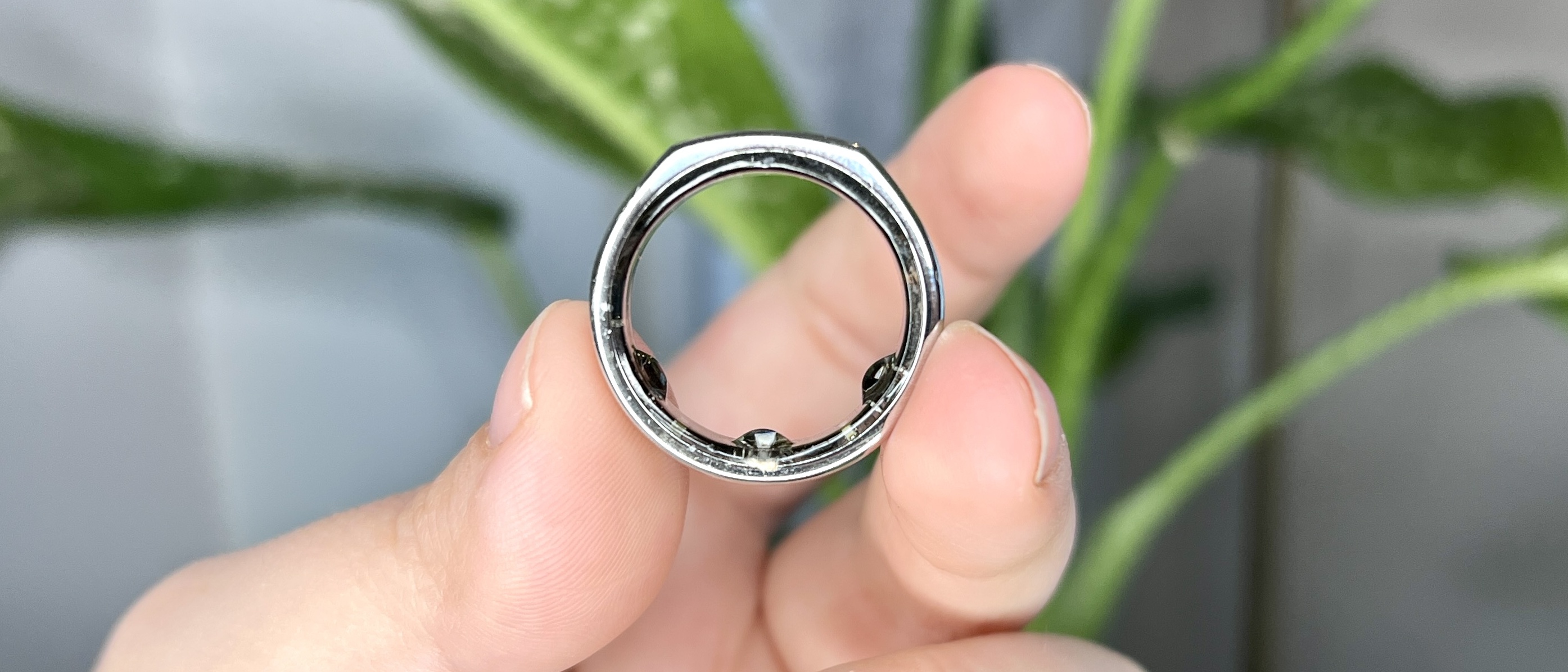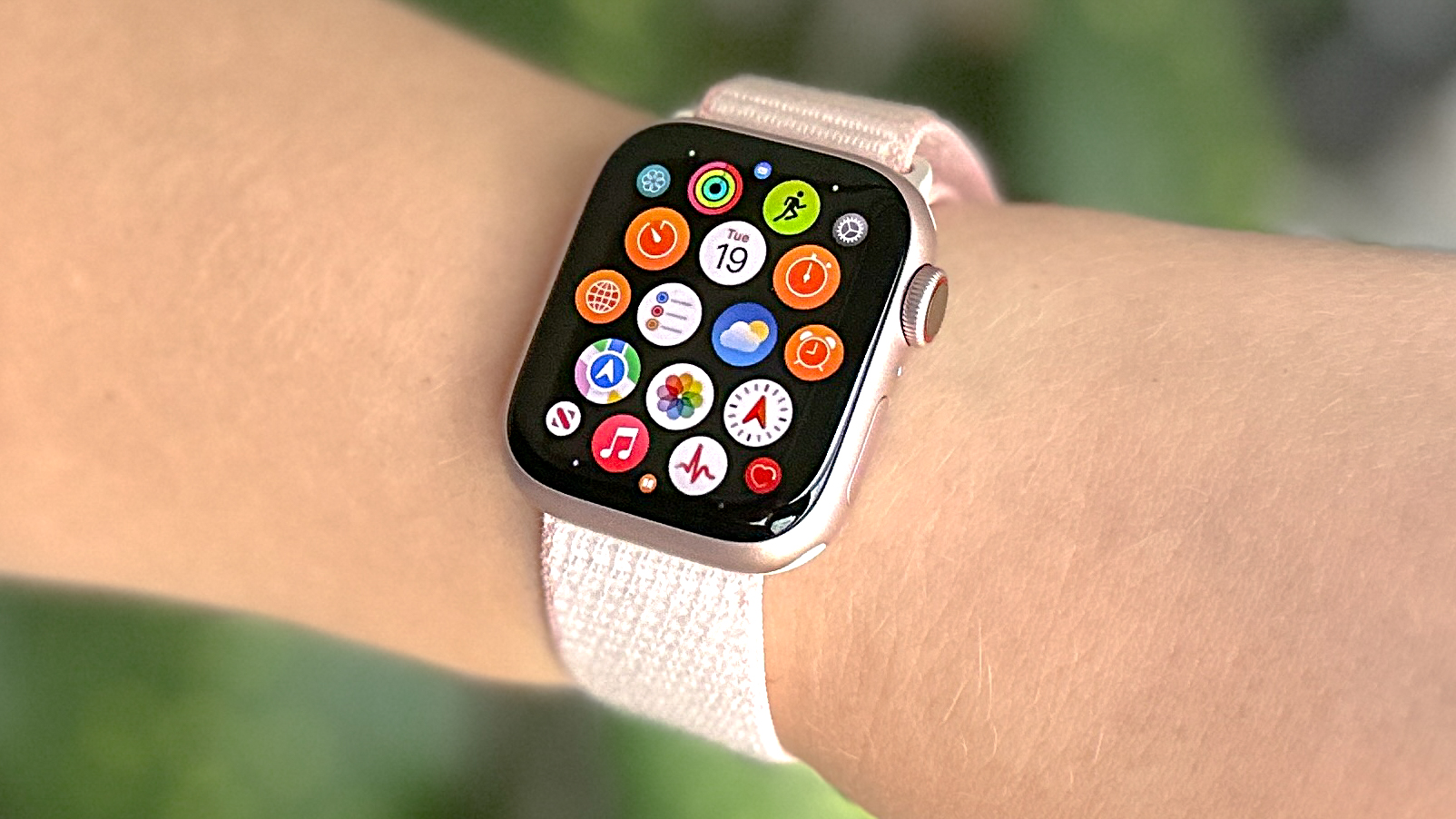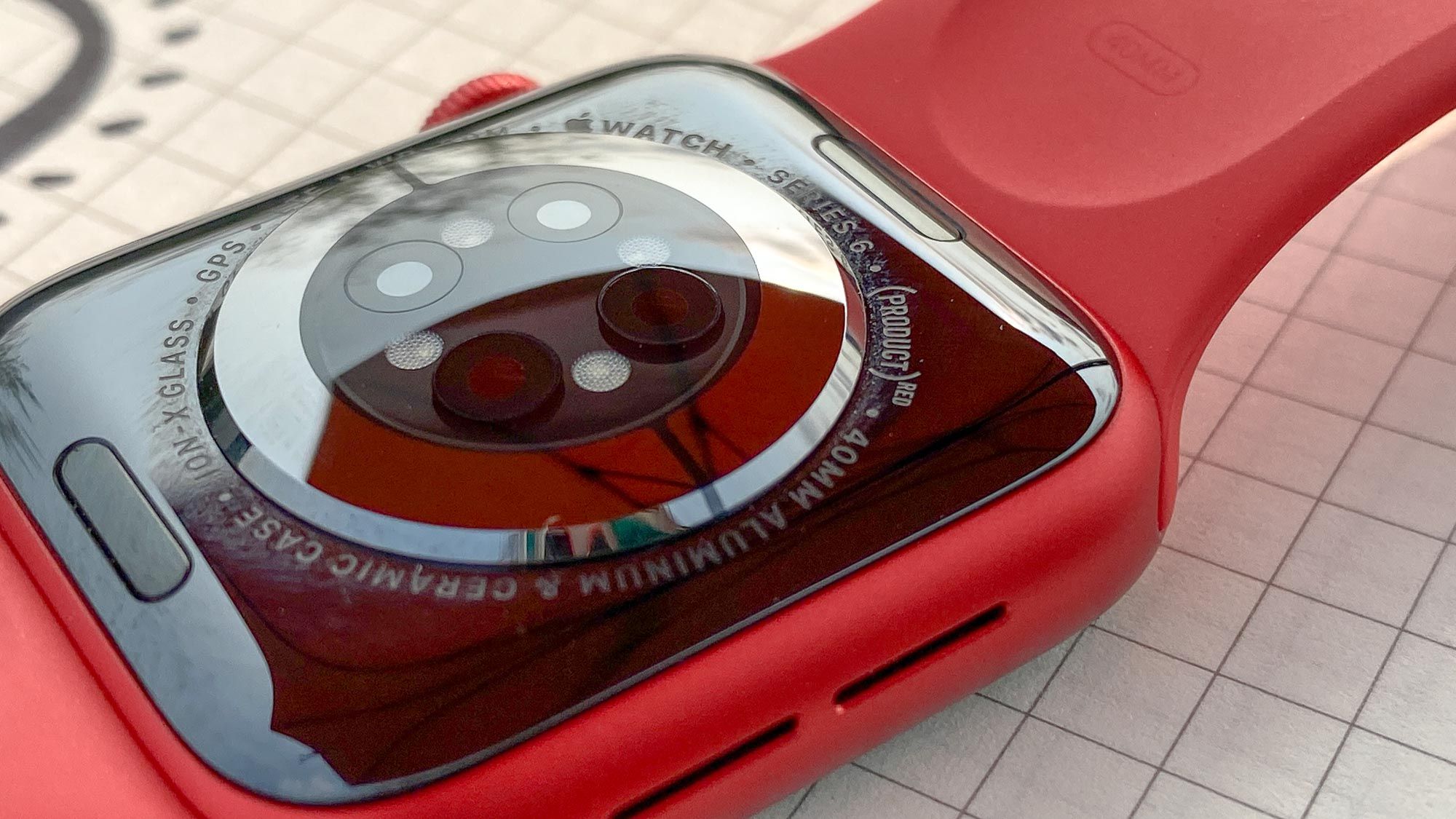
CES 2024 is right around the corner, which means this is the perfect time to make predictions about which tech wearable trends will be most noteworthy this year. With no shortage of exciting new devices rumored to be on the horizon — including an Apple Watch 10, Pixel Watch 3 and Oura Ring 4 — there’s much to look forward to.
By the way, I’m not talking brighter screens, better battery life or a wider array of styles and designs — every refresh of the calendar comes with those expected spec bumps. What follows are the major features, functions and trends that I believe will set 2024's tech wearables apart from years prior.
1. AI everywhere, including on your wrist
While some consumer tech brands will talk the talk, others will walk the AI walk.
AI is the buzzword of the moment. In 2024, it will lose all meaning thanks to overuse by desperate corporate marketing departments. But don't worry about that. While some consumer tech brands will talk the talk, others will walk the AI walk earnestly by meaningfully incorporating AI-based features into products.
Windows is bringing a dedicated AI chatbot button to future desktop keyboards. What might AI integration look like for tech wearables? We will find out soon. The Black Shark S1 Pro, a smartwatch built for hardcore gamers, will launch soon with ChatGPT Voice support built-in, likely allowing users to accomplish an enormous range of tasks via voice — far more than what Alexa, Google Assistant or Siri currently offer.
With ChatGPT Voice now available to the masses for free, we will undoubtedly see other smartwatch makers rush to incorporate the feature successfully.
On the fitness tracking side, expect major players like Apple, Google and Garmin to continue leveraging AI-powered processing — under the hood — to get the most out of user data. This could potentially lead to better fitness tracking accuracy, improved screening for health anomalies and more personalized workout and recovery recommendations.
2. A greater focus on non-wrist-based wearables

The Oura Ring is one of the most popular smart rings on the market, with a focus on fitness, sleep and recovery tracking. Unlike most standard fitness devices, such as Fitbits and Apple Watches, it is rather unassuming — to the casual observer, the Oura appears to be nothing more than an ordinary stainless steel band.
2024 will likely bring with it a refresh of the current Oura Ring to Generation Four. We suspect the new device will have a thinner design, additional health-centric features and possibly even support for digital payments.
Samsung also appears set to launch its own smart ring soon (maybe even next week). Our look at the rumored Samsung Galaxy Ring has more on that device.
A new flagship Movano Evie Ring should also be dropping in 2024, with an even greater focus on women’s health tracking. And unlike the Oura Ring Gen 3, the updated Evie likely will not require a monthly subscription.
Will we see smart ring releases from more big tech players, like Apple or Google? Possibly. The smart ring market is still small but definitely growing.
3. Improved monitoring for serious health conditions

Most modern smartwatches keep tabs on sleep quality, stress levels and heart rate. Many models also sport onboard ECG sensors to monitor for signs of an irregular heartbeat that might indicate a user has atrial fibrillation or AFIB, a potentially deadly condition.
In 2024, new smartwatches will monitor for an even wider range of serious health conditions, including hypertension and sleep apnea. Both are silent killers that can go unnoticed, potentially leading to heart failure or stroke.
The next-generation Apple Watch 10, for instance, is tipped to scan for signs of hypertension using some form of wrist-based blood pressure monitoring. Meanwhile, sleep apnea alerts could be generated when major disturbances in breathing patterns are detected.
Apple, of course, is not the only brand we expect to roll out improved health monitoring tech. The forthcoming Samsung Galaxy Watch 7 will also likely boast on-wrist blood pressure readings, pending FDA approval in the US.
4. A wider selection of health wearables for pets
While subscription-based GPS dog collars have been around for a while, pet wearables focused solely on monitoring health — including physical activity, diet and sleep — are becoming more common.
FitBark, for instance, sells its device with and without an onboard GPS. The latter is a one-and-done purchase of $69. The UK-based brand PitPat similarly sells its dog activity monitor in two varieties, depending on your needs and tolerance for subscription pricing.
In 2024, expect to see a wider selection of pet health-tracking wearables come to market, both in the form of collars and collar accessories. Also, be on the lookout for traditional tech companies making the jump into pet wellness. What might a “Fitbit Woof” look like — how about the “Apple iDog” collar?
Ultimately, pets are big business — in 2022, Americans spent more than $136 billion on their furry friends alone — and big tech loves big market opportunities.
5. A continuing cascade of legal disputes

Last but not least, 2024 will surely be another action-packed year of legal disputes over intellectual property, stolen trade secrets, copyright infringement and more.
Apple is presently in the middle of a multi-year legal battle over its blood oxygen monitoring tech, which may or may not reach its grand finale in 2024. And that is just one of several patent kerfuffles facing the Cupertino giant. Another medical device maker, AliveCor, has also accused Apple of patent theft. That case is pending but will likely see a conclusion soonish.
Another doozy to keep an eye on is the recent copyright infringement lawsuit by the New York Times against OpenAI, maker of the popular AI-based ChatGPT. More specifically, the Times says OpenAI trained its bots using copyrighted material. The verdict could have wide-reaching implications on how and when artificial intelligence features are adopted in popular tech wearables.
These are just a few of the significant tech-related legal battles likely to play out in 2024. Expect countless more lawsuits, both frivolous and legit, to unfold in the coming 12 months.
2024 tech wearable trends: What else?
And there you have it — an entire year of wearable tech trends summed up in one concise article. Of course, these aren't the only ones to be on the lookout for. This is where you come in. What trends do you think will have the greatest impact on smartwatches, fitness trackers and wearable tech in 2024? Let us know in the comments below.







